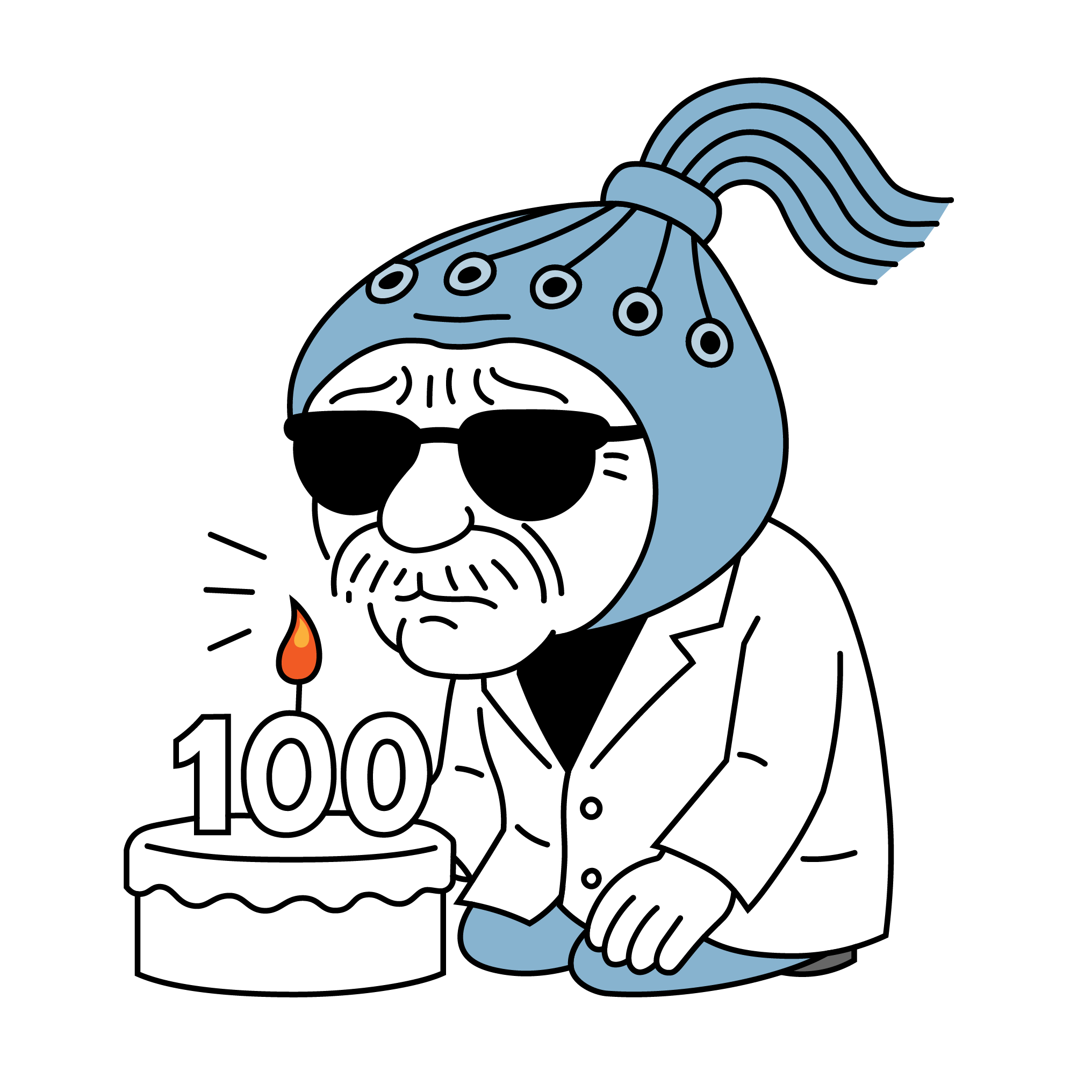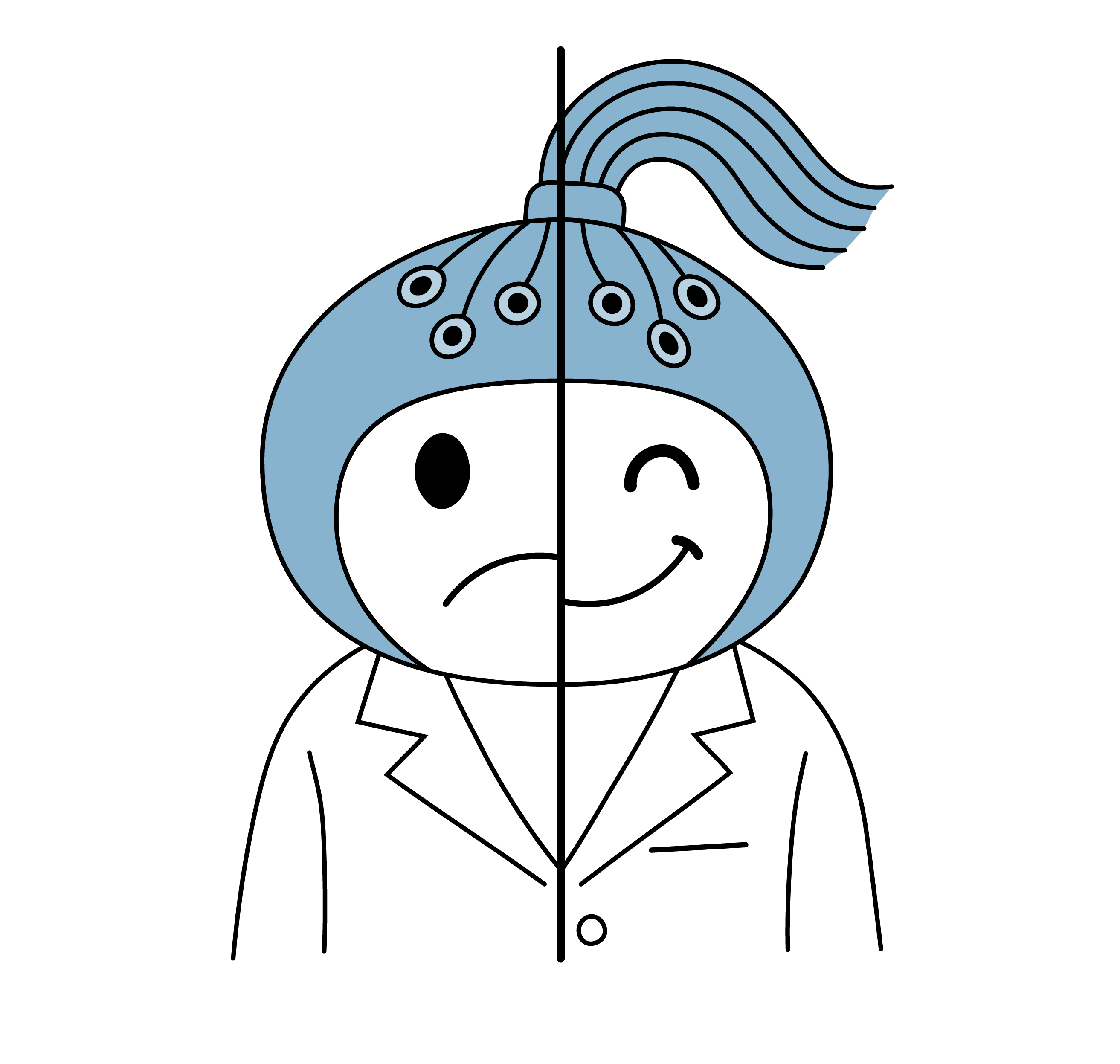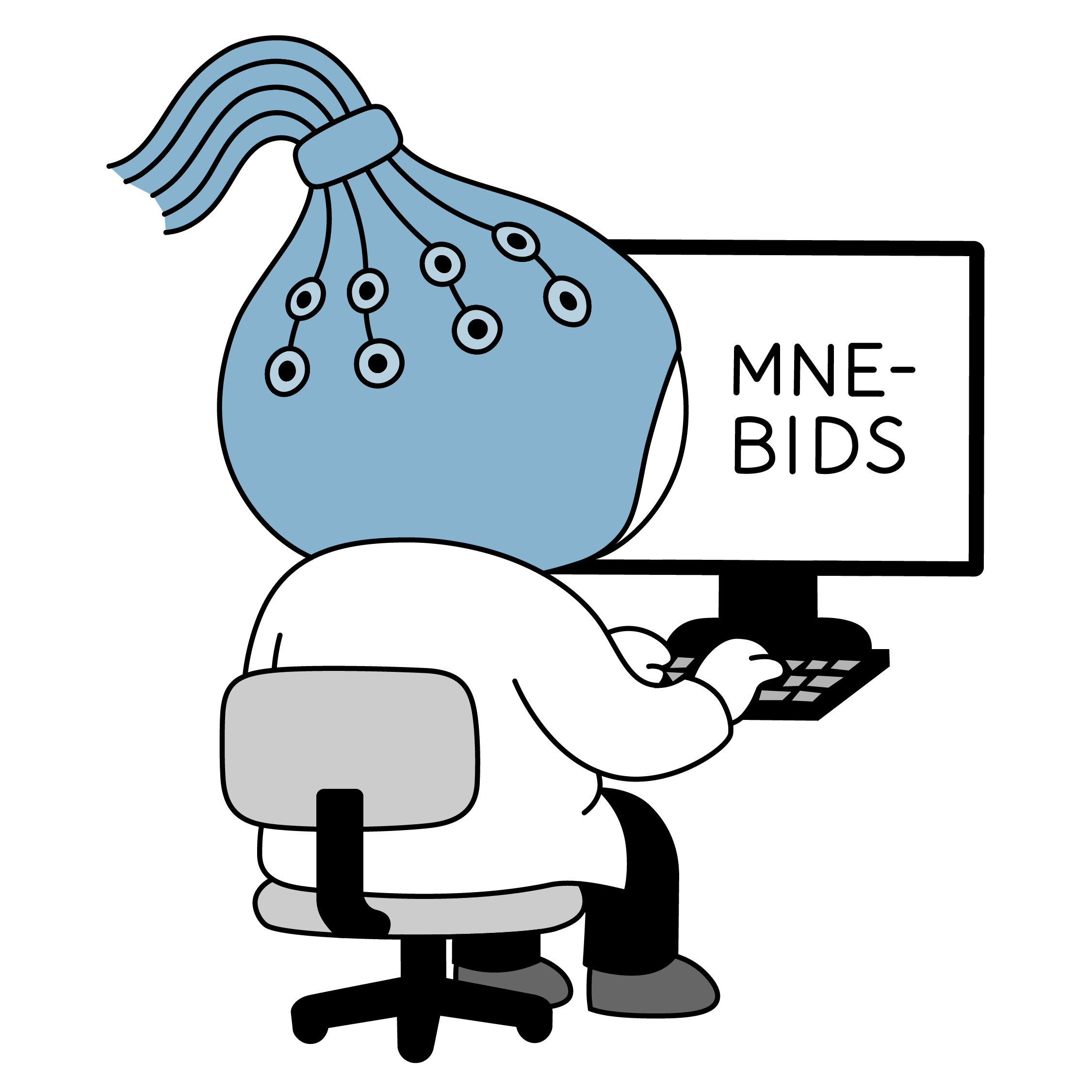Related Projects
The initiative has inspired and contributed to a number of related projects that extend its goals. Some of these efforts have emerged organically from within the #EEGManyLabs community, while others are joint endeavours with external partners and organisations who share our commitment to open, rigorous, and impactful EEG science. These projects span documenting the centenary of EEG, generating large-scale resting-state datasets, advancing automated preprocessing pipelines, and the bringing together key stakeholders across EEG science. Together, they reflect how #EEGManyLabs serves not only as a platform for replication, but also as a launchpad for broader discovery, infrastructure development, and dialogue across the global neuroscience community.

July 2024 marked 100 years since the first human EEG was recorded. Much has happened since then and in light of ongoing developments on hardware, software, and theory side the method might still be about to grow to its full potential. People in various scientific organisations are working to celebrate this jubilee throughout the year.

This team will implement automated analyses to investigate differences between manual and automated coding. This will provide a test of how analytical decisions such as manual or algorithmic artifact removal, selection of regions of interest can affect reproducibility.

This project aims to create the world's largest open dataset of EEG resting state. This can provide a detailed characterisation of resting state across the population and mapping developmental trajectories to answering questions on the nature of the signal and its relationship with task-related activity.

“#EEGManyLabs Asymmetry” spin-off will leverage community engagement to record additional resting-state EEG data, and a set of personality questionnaires together with the replication attempts.

Many readers familiar with these studies will have their own perspective about the likelihood of individual studies replicating. This will be the focus of the prediction markets. We will be able to examine how closely internally held beliefs in the EEG community map on to the replication results.

This document will serve as a step-by-step guide to walk you through transforming your EEG dataset into one compliant with the BIDS format, using MNE-BIDS.